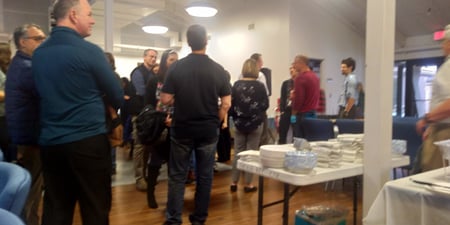The atmosphere is classified into four layers: the troposphere, the stratosphere, mesosphere, and the thermosphere. Weather phenomena (e.g., rainfall, typhoon, and thunderstorm) occur in the troposphere, the bottom layer. The troposphere and the upper layers interact with each other. Also, this interaction from the upper layers to the troposphere is important to forecast the climate. The interaction is called ‘vertical coupling,’ and atmospheric waves have an important role in the interaction. This study focuses on a small-scale atmospheric wave namely gravity wave.
This wave frequently occurs in the troposphere and propagates into the stratosphere, mesosphere, and the thermosphere. Linear theory for gravity waves can precisely explain where and how a wave propagates. On the other hand, it is not understood well what causes gravity waves. Also, a relationship between gravity wave’s features (their scales and periods) and their sources are not understood well. I studied, at NASA/GSFC, the relationship between the wave and a front in the Arctic polar front. A satellite (Suomi-NPP/VIIRS) captured a small-scale gravity wave event around Greenland at an altitude of ~87 km. In reanalysis data (MERRA-2), a cyclone presented in around Iceland, and then we concluded that the observed gravity waves were caused by the front.
Masaru Kogure (NIPR)





